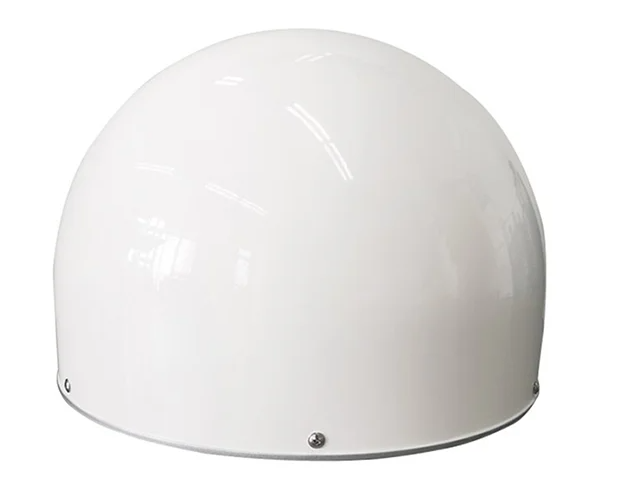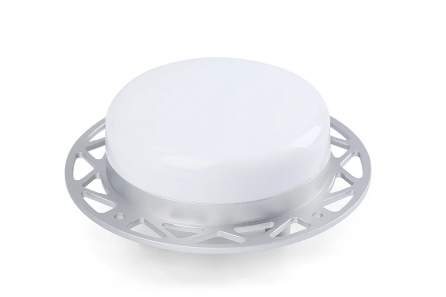There are many types of antennas, and GNSS antennas are also one of the more common types of antennas. This article will explain the factors that affect antenna performance to help you find the right antenna when choosing.
The quality of ceramic powder and sintering process directly affect its performance. The ceramic chips currently used in the market are mainly 25 × 25、18 × 18、15 × 15、12 × 12。 The larger the area of the ceramic sheet, the larger the dielectric constant, the higher the resonance frequency, and the better the acceptance effect. Most of the ceramic chips are square in design to ensure that the resonance in the XY direction is basically consistent, so as to achieve the effect of uniform star collection.

The silver layer on the surface of ceramic antenna can affect the resonant frequency of antenna. The ideal GNSS ceramic chip frequency point is exactly 1561/1615.68 ± 7MHz2, but the antenna frequency point is very vulnerable to the influence of the surrounding environment, especially when it is assembled in the whole machine. The frequency point must be adjusted to maintain 1561/1615.68 ± 7MHz2 again by adjusting the shape of the silver coating.
Feed point the ceramic antenna collects the resonance signal through the feed point and sends it to the rear end. Because of antenna impedance matching, the feed point is generally not in the center of the antenna, but slightly adjusted in the XY direction. This impedance matching method is simple and does not increase the cost. Moving only in the single axis direction is called monopolarized antenna, and moving in both axes is called bipolarized antenna.
shape and area of PCB carrying ceramic antenna. Because GNSS has the characteristic of touchdown and rebound, when the background is 7cm × When the ground is 7cm, the patch antenna can play its best role. Although restricted by such factors as appearance and structure, try to maintain a considerable area and uniform shape. The gain of the amplifier circuit must be selected in conjunction with the rear LNA gain. The GSC3F of Sirf requires that the total gain before signal input shall not exceed 29dB, otherwise signal over saturation will cause self excitation.
Of course, the factors that usually affect the antenna performance, such as gain, standing wave, noise figure, axial ratio, are also very important. The axle ratio is especially emphasized, which is an important indicator to measure the signal gain difference of the whole machine in different directions. Since satellites are randomly distributed in the hemisphere sky, it is very important to ensure that the antenna has similar sensitivity in all directions. The axial ratio is affected by antenna performance, external structure, internal circuit of the whole machine and EMI.

Mide Technology always places top priority on product quality rather than simply on the price. We strictly produce every piece of GNSS antenna and receiver according to the ISO standard. We conduct a complete testing cycle followed by the initial QC to ensure delivering excellence to overseas customers.So the hat we calibrate is very strict.
1.Vibration and drop test
2.Water immersion test
3.Over 7-hour high/low-temperature test
4.Signal tacking capability test
5.Positioning performance test
If you have any questions about the GNSS antenna, please kindly contact us directly.